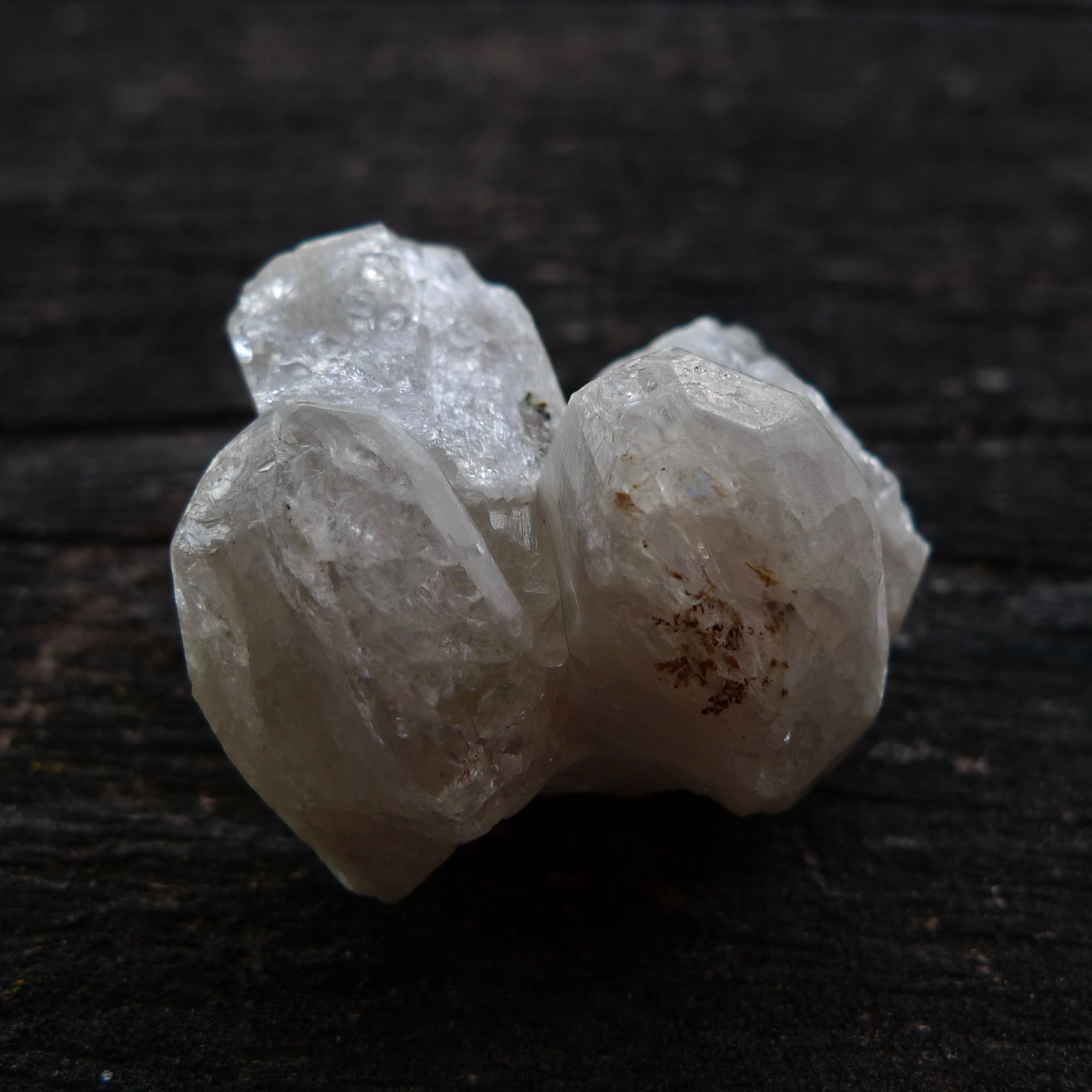Home PageAbout MindatThe Mindat ManualHistory of MindatCopyright StatusWho We AreContact UsAdvertise on Mindat
Donate to MindatCorporate SponsorshipSponsor a PageSponsored PagesMindat AdvertisersAdvertise on Mindat
Learning CenterWhat is a mineral?The most common minerals on earthInformation for EducatorsMindat ArticlesThe ElementsThe Rock H. Currier Digital LibraryGeologic Time
Minerals by PropertiesMinerals by ChemistryAdvanced Locality SearchRandom MineralRandom LocalitySearch by minIDLocalities Near MeSearch ArticlesSearch GlossaryMore Search Options
The Mindat ManualAdd a New PhotoRate PhotosLocality Edit ReportCoordinate Completion ReportAdd Glossary Item
Mining CompaniesStatisticsUsersMineral MuseumsClubs & OrganizationsMineral Shows & EventsThe Mindat DirectoryDevice SettingsThe Mineral Quiz
Photo SearchPhoto GalleriesSearch by ColorNew Photos TodayNew Photos YesterdayMembers' Photo GalleriesPast Photo of the Day GalleryPhotography
╳Discussions
💬 Home🔎 Search📅 LatestGroups
EducationOpen discussion area.Fakes & FraudsOpen discussion area.Field CollectingOpen discussion area.FossilsOpen discussion area.Gems and GemologyOpen discussion area.GeneralOpen discussion area.How to ContributeOpen discussion area.Identity HelpOpen discussion area.Improving Mindat.orgOpen discussion area.LocalitiesOpen discussion area.Lost and Stolen SpecimensOpen discussion area.MarketplaceOpen discussion area.MeteoritesOpen discussion area.Mindat ProductsOpen discussion area.Mineral ExchangesOpen discussion area.Mineral PhotographyOpen discussion area.Mineral ShowsOpen discussion area.Mineralogical ClassificationOpen discussion area.Mineralogy CourseOpen discussion area.MineralsOpen discussion area.Minerals and MuseumsOpen discussion area.PhotosOpen discussion area.Techniques for CollectorsOpen discussion area.The Rock H. Currier Digital LibraryOpen discussion area.UV MineralsOpen discussion area.Recent Images in Discussions
PhotosAfghanite - Ladjuar Medam, Sar-e Sang, Koksha Valley, Khash & Kuran Wa Munjan Districts, Badakhshan Province, Afghanistan

19th Jun 2017 23:21 UTCRichard Gunter Expert
19th Jun 2017 23:46 UTCRob Woodside 🌟 Manager

21st Jun 2017 11:56 UTCAxel Emmermann
1) the peaks are slightly assymetrical
2) the peaks shift slightly to the blue if you measure the emission along the c-axis of the crystal and slightly to the red if you measure along the a-axis (any of those three.)
It is a bit weird but it allows you to identify afghanite from other cancrinite-sodalite family members.
21st Jun 2017 14:30 UTCJosé Zendrera 🌟 Manager
Another strange thing: The whole piece has a parallel color zoning (transparent/white) which goes across the four crystals of the sample, as can be seen in following picture.
Could it be a pseudomorph?
Thanks for your opinion.
23rd Jun 2017 20:56 UTCReiner Mielke Expert
23rd Jun 2017 22:27 UTCRob Woodside 🌟 Manager
Don Newsome has an Ocean Optics machine and he kindly used it to show me the luminescence spectra of some of these minerals. What struck me was the similarity of these emission spectra and the Raman spectra I had been finding in Bob Down's Lab. In Don's case we were using Don's UV lights and in Bob's case we were blasting them with intense green or red laser light. Sometimes the spectra would be just a large hump and in other cases it looked like a Stagasaurus with equally spaced spikes above the hump. I had always wondered why there should be such a broad hump? The "spikes' which themselves were fairly broad looked like vibrational spectra are are probably the S2-1 that Axel refers to. If you cooled a specimen that had only a broad hump would the spikes start appearing as it cooled? Relating cage dimensions to luminescence is really interesting! Is there anything published on this?




Mindat.org is an outreach project of the Hudson Institute of Mineralogy, a 501(c)(3) not-for-profit organization.
Copyright © mindat.org and the Hudson Institute of Mineralogy 1993-2024, except where stated. Most political location boundaries are © OpenStreetMap contributors. Mindat.org relies on the contributions of thousands of members and supporters. Founded in 2000 by Jolyon Ralph.
Privacy Policy - Terms & Conditions - Contact Us / DMCA issues - Report a bug/vulnerability Current server date and time: April 25, 2024 04:20:13
Copyright © mindat.org and the Hudson Institute of Mineralogy 1993-2024, except where stated. Most political location boundaries are © OpenStreetMap contributors. Mindat.org relies on the contributions of thousands of members and supporters. Founded in 2000 by Jolyon Ralph.
Privacy Policy - Terms & Conditions - Contact Us / DMCA issues - Report a bug/vulnerability Current server date and time: April 25, 2024 04:20:13












